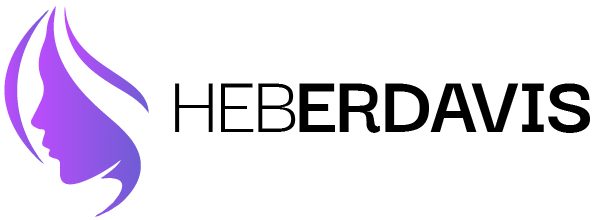Introduction:
Physical inactivity is a significant public health concern globally, and Indigenous populations in Australia and New Zealand face unique challenges in this regard. Historical, social, and economic factors have contributed to lower physical activity levels and poorer health outcomes among Indigenous communities. This article reviews the effectiveness of physical activity interventions aimed at improving activity levels and health outcomes in Indigenous populations in Australia and New Zealand.
Background:
Indigenous populations in both Australia and New Zealand experience a higher burden of chronic diseases, such as cardiovascular diseases, diabetes, and obesity, compared to the general population. These health disparities are often linked to a range of socio-economic factors, including limited access to education, employment, and healthcare services. Physical inactivity is a modifiable risk factor that plays a crucial role in the development and progression of these chronic conditions.
Physical Activity Interventions:
Various interventions have been implemented to promote physical activity within Indigenous communities. These interventions range from community-based programs to school-based initiatives and cultural activities that incorporate traditional forms of movement. Some programs focus on improving access to recreational facilities, while others emphasize community engagement and empowerment.
Community-Based Programs:
Community-based physical activity programs have shown promise in engaging Indigenous populations. These initiatives often involve collaboration between health professionals, community leaders, and local organizations to develop culturally relevant and sustainable interventions. Incorporating traditional activities, such as dance, hunting, or outdoor games, can enhance the appeal of these programs and encourage participation.
School-Based Initiatives:
Schools play a crucial role in shaping lifestyle behaviors among Indigenous youth. School-based physical activity interventions aim to create supportive environments that promote active living. These programs often involve physical education curriculum enhancements, extracurricular activities, and partnerships with local communities to ensure cultural relevance.
Cultural Activities:
Recognizing the importance of cultural identity, some interventions integrate traditional practices and activities into physical activity promotion. This approach not only enhances the cultural relevance of the programs but also fosters a sense of pride and connection among participants. Examples include traditional dance classes, cultural workshops, and community events that celebrate Indigenous heritage.
Health Outcomes:
Several studies have assessed the impact of physical activity interventions on health outcomes in Indigenous populations. While the evidence is still evolving, some interventions have demonstrated positive effects on cardiovascular health, weight management, and mental well-being. Improved physical activity levels are associated with better glucose control, reduced blood pressure, and enhanced overall cardiovascular fitness.
Challenges and Recommendations:
Despite the promising outcomes, challenges persist in implementing effective physical activity interventions for Indigenous populations. These challenges include limited resources, competing priorities, and the need for culturally sensitive approaches. To address these issues, it is crucial to involve communities in the design and implementation of interventions, ensuring that programs align with cultural values and preferences.
Conclusion:
Physical activity interventions have the potential to improve activity levels and health outcomes in Indigenous populations in Australia and New Zealand. Culturally tailored programs, community engagement, and a holistic approach that considers the social determinants of health are essential for the success of such initiatives. Further research and ongoing collaboration between researchers, policymakers, and Indigenous communities are needed to refine and expand effective strategies for promoting physical activity and improving health outcomes in these populations.



